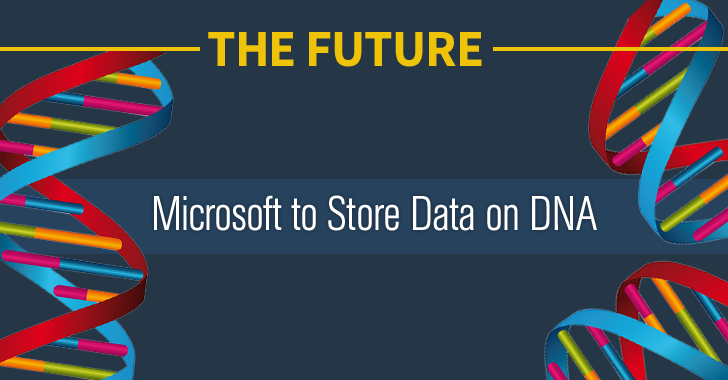Entire data of the world can be stored in 4 grams of dna

Entire Data of the World Can Be Stored in 4 Grams of DNA

In this era of advanced technology, where data plays a vital role, the capacity to store immense amounts of information efficiently and securely has become crucial. With an explosion of digital information and the ever-increasing need for data storage, scientists have been exploring innovative alternatives to traditional storage mediums. Surprisingly, recent advancements in the field of genetics have revealed that the entire data of the world can be stored in a mere 4 grams of DNA.
The Prospects of DNA as Data Storage

Deoxyribonucleic Acid, or DNA, is the genetic code found in every living organism. It contains the instructions necessary for an organism’s development, functioning, and reproduction. Scientists have realized that this complex molecule that commonly carries the blueprint of life can also serve as a revolutionary data storage solution.
DNA possesses several characteristics that make it a remarkable medium for storing vast amounts of information. Firstly, DNA is incredibly dense. It has been estimated that just one gram of DNA can store up to 215 petabytes (or 215 million gigabytes) of data. Considering that a typical smartphone has approximately 64 gigabytes of storage, the potential of DNA as a data storage medium becomes truly mind-boggling.
Moreover, DNA is incredibly durable and long-lasting. Unlike traditional storage mediums like hard drives or magnetic tapes, DNA can survive for thousands of years if stored properly. This longevity ensures that valuable information can be preserved and accessed by future generations.
The DNA Data Storage Process
To store data in DNA, scientists employ a process called DNA synthesis. In this process, binary data, consisting of zeros and ones, is converted into genetic code using a combination of unique DNA sequences. Each DNA sequence represents a specific piece of information.
The synthesis process creates custom strands of DNA that are chemically encoded with the desired data. These data-encoded strands are then stored and can be retrieved through a process called DNA sequencing. During DNA sequencing, the stored information is read by analyzing the genetic code and decoding it back into binary data.
Challenges and Future Implications
While DNA data storage brings forth exciting possibilities, there are challenges that researchers must overcome to make it commercially viable. Currently, synthesizing DNA and reading stored data is an expensive and time-consuming process. However, with further research and advancements in technology, the costs are expected to decrease, making DNA data storage more accessible.
If DNA data storage becomes a mainstream reality, it could revolutionize the way we store and archive valuable information. From safeguarding important cultural and historical records to preserving scientific knowledge and breakthroughs, DNA data storage has the potential to ensure the longevity of human achievements for generations to come.
Overall, the idea that the entire data of the world can be stored in 4 grams of DNA holds immense promise. As scientists continue to explore and refine this technology, the dream of compact, secure, and long-lasting data storage may soon become a reality.
Sources:
Tags
Share
Related Posts
Quick Links
Legal Stuff

